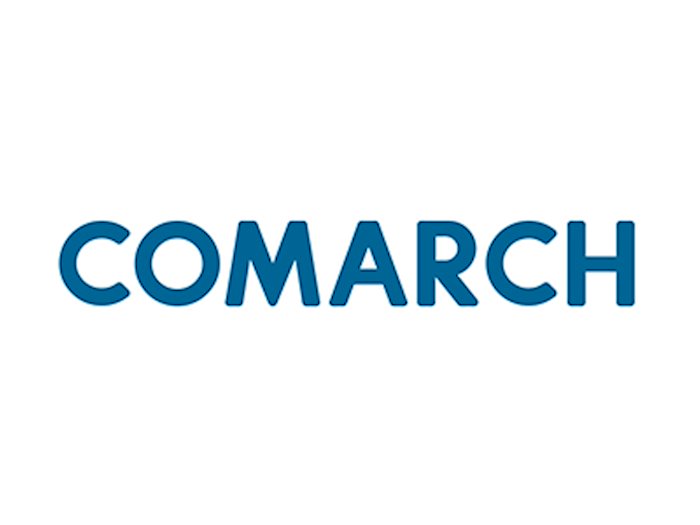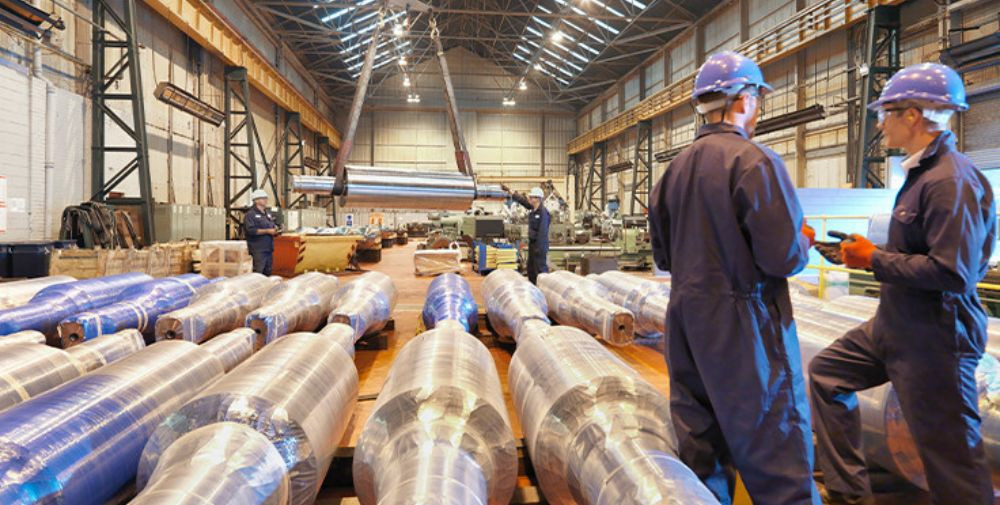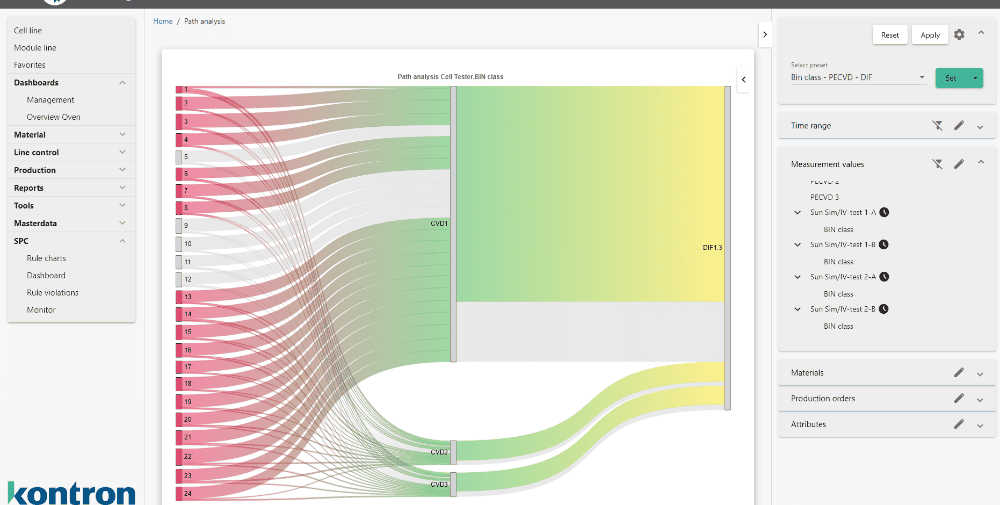
Smart Products and Smart Services
Due to global competitive pressure, the German mechanical engineering industry is facing the major challenge of evolving from a pure machine producer to a digital solutions provider. One reason for this is the expansion in competitive factors from cost-intensive input components or raw materials to information technology and data analysis. On the other hand, the demand for integrated and networked production and automation solutions is increasing on the customer side. For a long time, however, a large part of the conservative mechanical engineering industry pursued the classic product-oriented approach. Just a few years ago, digitization played a central role in their own success for only around one fifth of the companies surveyed in studies. Through contractual arrangements, machine manufacturers can connect the machines in operation at their customers’ sites to the Internet via various channels, such as a Unified Namespace (UNS). The data collected during machine operation at the customer’s site is thus compiled on the Unified Namespace. The machines connected to the Internet are called Smart Products. The data is transformed into Smart Data through intelligent processing (analysis) in the IoT application. Based on Smart Data, the machine manufacturer has the opportunity to generate productivity benefits for itself and its customers
ERP as a data hub
As a data hub, a modern ERP system has a wide radius: data can be driven directly from the production machines, from business process data, or even from outside the company. One example is the concept of smart maintenance, which can even be sold as a service to a machine manufacturer’s customers. The more diverse the systems, the more important it is to have a modern, open and flexible ERP system that has integrated functionalities of artificial intelligence, IIoT and AR to automate the handling of data and collect and manage this data accordingly. This includes data from a wide variety of sources, such as IT systems, transactions, and a wide variety of departments in a manufacturing company, which are controlled centrally in the ERP via frameworks. Central data management in a smart ERP system is the best basis for adequately using data as a raw material. Modern ERP systems are therefore designed as smart business process hubs. Crucial for the future viability of an ERP system is mutability towards micro-services. A high degree of interoperability enables the platform capability of an ERP system that can adequately support the digitization of business processes.
Creating added value with Industrial IoT
The machine manufacturer has the option of connecting the machines he has sold to his customer to the Industrial IoT. This allows all data from machine operation to be transferred in real time to a central data collection point such as a Unified Namespace and fed into other systems, such as the MES. The Unified Namespace is a virtual layer on which data is processed and made available for further applications. The machine connection as well as the data transfer can be agreed with the customer in different contract forms. Based on the collected data, the machine manufacturer can generate added value both for his customers and for himself. The focus is on increasing the productivity of customer processes as well as internal company processes. Consequently, a distinction can be made between a customer-centric view and a value-added-centric view of digitization. On the one hand, the machine manufacturer has the option of selling software to the customer. This business model is referred to as the software-as-a-service model. Based on the data, the machine manufacturer can develop applications and make them available to the customer. The applications support the customer in operating the machines and systems more efficiently. On the other hand, the machine manufacturer can offer the customer new, customer-specific services and business models tailored to the customer’s individual needs, such as pay-per-use. The data-based services are also called Smart Services and generally relate to data evaluation, the maintenance system and condition monitoring of the machines at the customer’s site. In this context, the topic of predictive maintenance is particularly present. Based on the data, it is possible for the machine manufacturer to inform the customer about necessary maintenance work at an early stage so that machine downtimes can be avoided.
The machine manufacturer can improve its spare parts business with Industrial IoT. With the help of the predictive maintenance concept, the wear and tear of a machine can be detected at an early stage, which means that the customer can be offered an appropriate service, including required spare parts, with on-time delivery. This results in higher added value, prevents the customer from leaving the company and increases customer satisfaction. The better estimation of the expected required spare parts leads to an improved inventory of the manufacturer, which is optimized in terms of time and quantity by IIoT. The data is used by the machine builder to improve machine production. By obtaining information about the machines while they are in operation at the customer’s site, it is possible to identify the machine weaknesses as well as the potential for improvement. Taking the newly generated knowledge into account in machine development can lead to quality improvements for entire machine generations. Other added values that can be achieved through the interaction of Industrial IoT and ERP as a data hub are, for example, shorter production cycles for products and thus lower costs in production.
Another advantage of the connection to the Internet is an earlier detection of errors in the product design, so that later interventions in production can be avoided. In this way, costs can be reduced. Rejects in production can also be significantly reduced because feedback from customers and production is transmitted in real time, allowing changes to the production line to be made more quickly.
IoT implementation in mechanical and plant engineering
With IoT technologies, companies can significantly optimize their processes in mechanical and plant engineering and turn the most important adjusting screws. In the process, individual solutions such as ERP, BI, MES, retrofit and asset tracking mesh like cogs. If data is the new oil, IoT is the technology to extract, refine and at the same time use it – in other words, a drilling rig, refinery and oil-powered machine all in one.
About Comarch IoT MES
Comarch IoT MES is a comprehensive system delivered in a SaaS (Software as a Service) model or as a customized, dedicated solution. It further consists of real-time reading and processing of data from production equipment (PLCs and sensors) with receivers (Comarch IoT Hubs). These receivers are connected to the Unified Namespace (UNS), which serves as a data collection point for Industry 4.0 solutions. The UNS is based on an international standard and enables modular integration of different Industry 4.0 solutions. Through the UNS, data from the various data sources is transferred into a standardized and common data structure. Comarch’s IoT-based MES includes features and components such as hardware integration, real-time OEE calculation, NOK management, digital instructions, notifications, and integration with Comarch ERP Enterprise and Comarch Business Intelligence.
– – – –
Further links
👉 www.comarch.de
👉 Whitepaper Mechanical Engineering
Photo: Comarch




